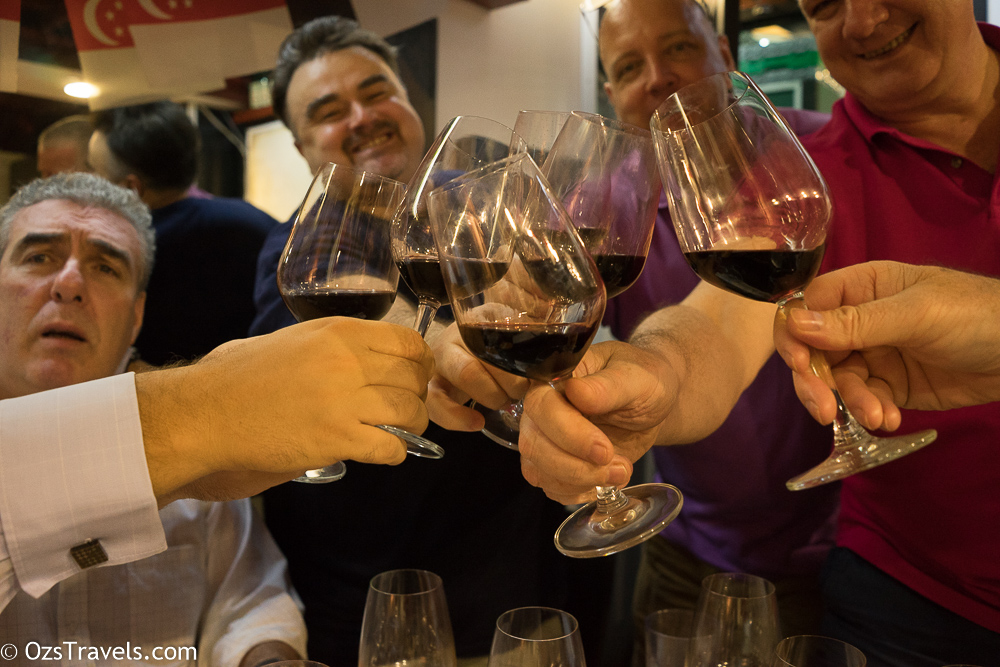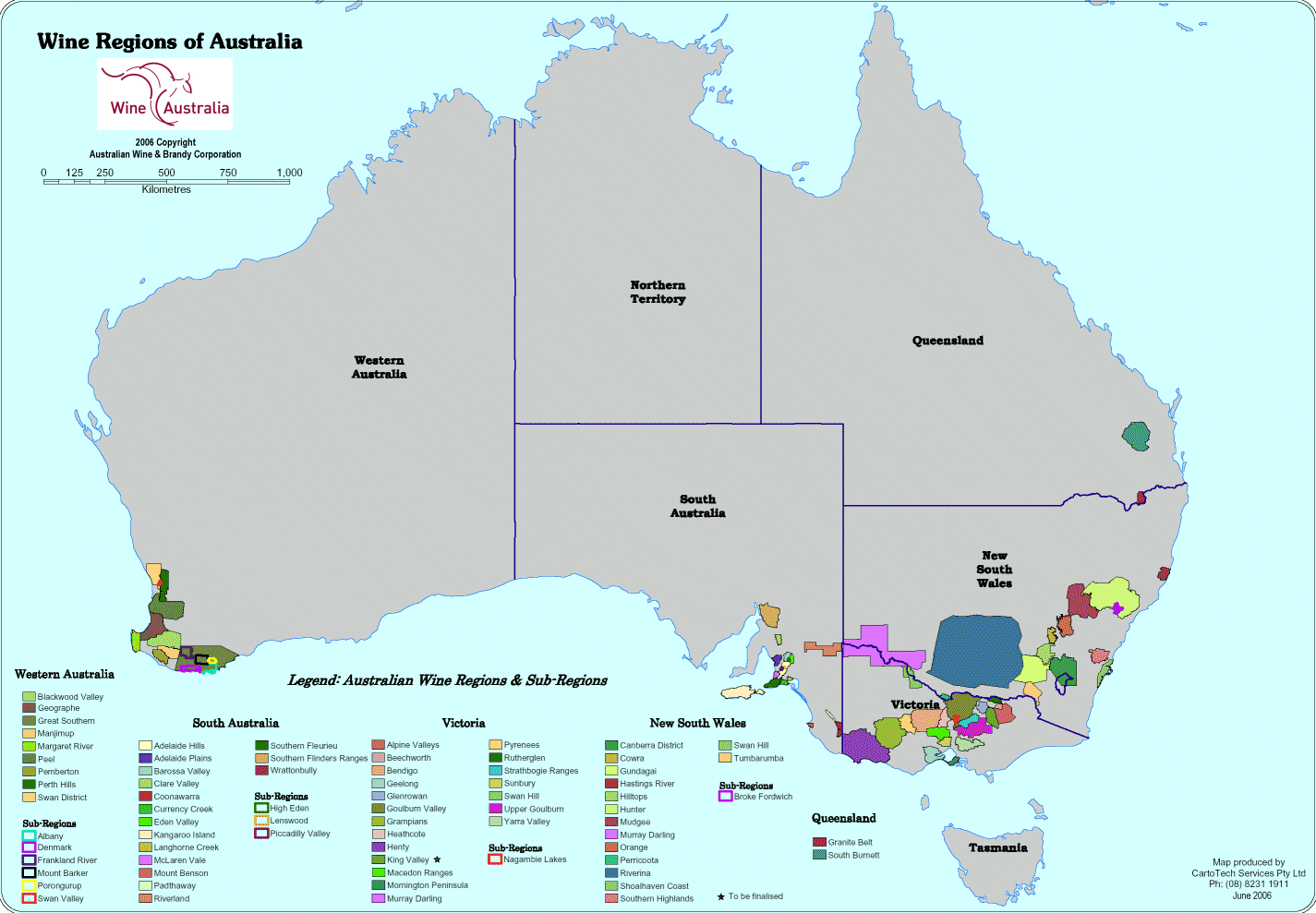I was lucky enough to receive an invite courtesy of Wine Exchange Asia to an Australian Wine History Masterclass. This was the first time that this Masterclass had been presented in Singapore and was an enjoyable and informative session.

The Masterclass was presented by Wine Australia’s Global Educator, Mark Davidson. Mark’s presentation was on the History, Evolution and Revolution of Australian Wine, to do this he selected 10 wines and divided them into three flights. The first flight contained wines that could be considered to be Historical examples of Australian wines, the second flight was of Evolutionary Australian wines and the third contained Revolutionary Australian wines.
Prior to tasting the first flight Mark provided an overview of the various major wine regions and history of Australian wine. He mentioned that vines are not native to Australia and therefore had to be sourced from various places from around the world, predominately Europe.
The original source of Australian root stock was from Europe on the First Fleet, but these did not survive where they were planted in Sydney, the next significant planting was in the early 1800’s with the first commercial winery, Wyndham Estate, established in the Hunter Valley in 1828.

In late 1800’s the majority of vines in Europe were destroyed to combat Phylloxera, which means that Australia has some of the oldest, if not the oldest, vines in the world.
The majority of these ancestor vines are still being used to produce great wine.
If you are interested in trying a wine from these ancestor vines, vines that are older than 125 years old, the Langmeil’s The Freedom 1843 Shiraz is a good option.
Another of the maps that Mark presented is the one below that overlays Europe with Australia.
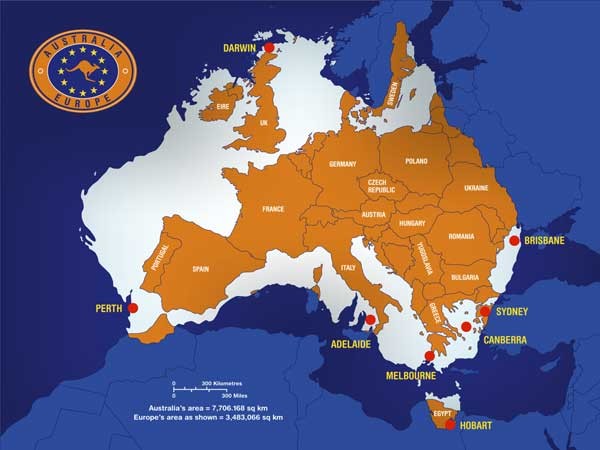
Considering the size of Australia I was surprised to learn that Australia has less vine acreage, 341K (as of 2014), than just the Languedoc-Roussillon region in France, which has approximately 700K (as of 2014).
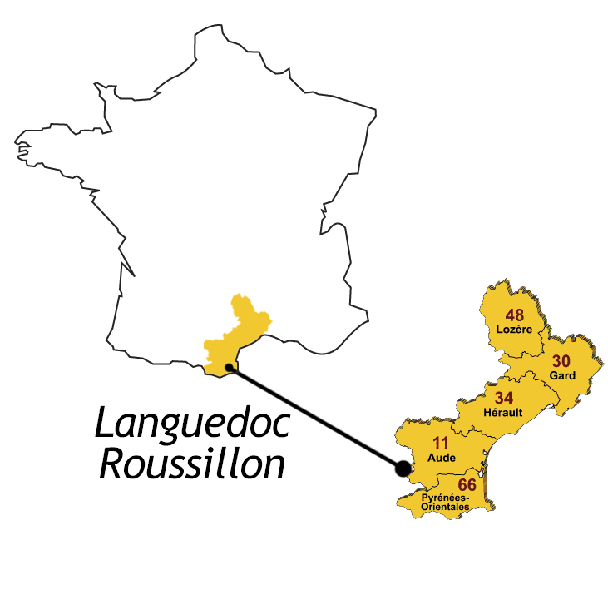
Was also surprised to learn that Australia is still the 5th largest wine exporter in the world.
Now for the important bit, the tasting.
Flight 1
This Flight included three wines that Mark felt were good examples of wines that are good examples of “historical” Australian wine styles. Each wine is from a different region, the Barossa, Coonawarra and Hunter Valley from three of the oldest Australian wineries.
| wdt_ID | Wine | Photo | Wine Australia Provided Winery Information |
|---|---|---|---|
| 1 | Tyrrell’s Vat 1 Vintage: 2005 Region: Hunter Valley, Australia Varietal: Semillon Alcohol: 10.5 Colour: Bright Straw Aroma: Refreshing combination of lemon, lime and mineral aromas Flavour: Crisp but balanced mix of lemon and lime Finish: Medium Great wine, I am a big fan of the Vat 1, especially when it has some age on it. This was a great example of Hunter Valley Semillon |
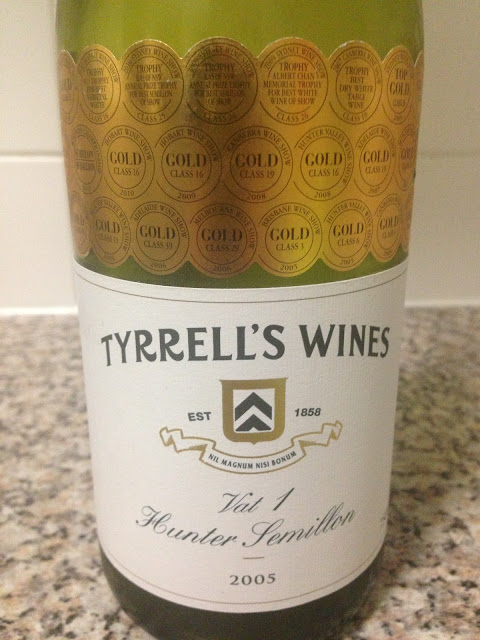 |
Established in 1858 by English immigrant Edward Tyrrell, Tyrrell's Wines is one of Australia's pre-eminent family owned wine companies with vineyards extending from their historic home in the Hunter Valley to the Limestone Coast (SA) and Heathcote (VIC). Headed up by fourth generation family member Bruce Tyrrell, Tyrrell's is home to some of Australia's most awarded wines including the iconic Vat 1 Semillon. Tyrrell's Vat 1 Hunter Valley Semillon grapes were sourced from the Short Flat and Johnno's vineyards, dating back to 1908. Semillon from 2005 vintage is dry grown in alluvial sandy loam over limestone soil. The classic Hunter Semillon is unoaked style |
| 2 | St Hallett Old Block Vintage: 2012 Region: Barossa, Australia Varietal: Shiraz Alcohol: 13.7% Colour: Youthful ruby Aroma: Cherry, blackberries, spice and white pepper Flavour: A little tart, cherries, blackberry and stone fruit flavours Tannins: Developing Finish: Medium to long I did not enjoy this wine, guess it needs more age, but found it too tart for my liking. Will it another try when it has some more age. FYI the use of Barossa instead of Barossa Valley to define the appellation of the wine indicates that the juice has been sourced from both the Barossa and Eden Valleys |
 |
Established by the Lindner family in 1944 St Hallett's initial focus was the production of fortified wines. The first vintage of Old Block Shiraz in 1980 and its success, accelerated a shift of focus towards the premium table wines St Hallett has become renowned for ever since. The average age of the vines over the 30 year history of Old Block is 88 years. Low yielding and on own roots, these vines delve deep into multiple layers of should and speak volumes of the place they are grown. Vineyards are located in Barossa Valley and Eden Valley from a number of loyal growers. The St Hallett winemaking philosophy is relatively simple - minimise the intervention and maximise the attention. This Shiraz is matured in French oak with a mixture of new, second and third use barrels. All barrels are individually assessed at final blending to ensure absolute quality. |
| 3 | Wynns John Riddoch Vintage: 2012 Region: Coonawarra, Australia Varietal: Cabernet Sauvignon Alcohol: 13.5% Colour: Bright garnet Aroma: Restrained combo of blackcurrants, spice and mint Flavour: Reserved mix of blackcurrant and mint Tannins: Savoury, developing Finish: Medium - long Whilst this is way too young, I still enjoyed it. Looks like 2012 was another great vintage in the Coonawarra. |
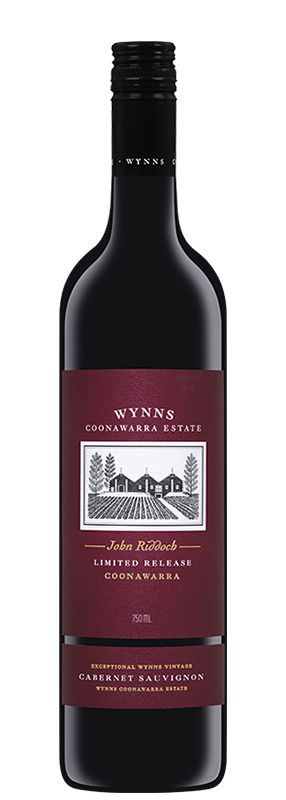 |
Wynns Coonawarra Estate was founded by Scottish pioneer John Riddoch, who planted vineyards in 1891 and built the estate's iconic gabled winery. In 1951 Melbourne wine merchants Samuel and David Wynn purchased Riddoch's original vineyards and renamed the property 'Wynns Coonawarra Estate'. They created the famous label that has made John Riddoch's winery one of Australia's most iconic buildings. First made in 1982, the John Riddoch Cabernet Sauvignon was conceived as a flagship wine for Wynns. John Riddoch Cabernet Sauvignon is made in small quantities from the best available fruit grown on the estate's extensive Cabernet Sauvignon planting in the heart of the terra rossa soil. This John Riddoch Cabernet Sauvignon was matured fro 16 months in French oak which is 30% new oak. |
An interesting flight, my favourite was the Vat 1, also enjoyed the Riddoch and expect that it will be an awesome wine when it has matured.
Flight 2
In Flight 2 the wines were chosen to demonstrate how Australian wines styles and techniques have evolved through focusing on the way the different terroirs affect the varietals associated with each wine region and therefore the wines that wines a crafted and how new wine making techniques are changing wine not just production but also the wines themselves.
| wdt_ID | Wine | Photo | Wine Australia Provided Winery Information |
|---|---|---|---|
| 5 | Grosset Alea Vintage: 2014 Region: Clare Valley, Australia Varietal: Riesling Alcohol: 12.5% Colour: Bright green straw Aroma: Bouquet of lemon zest, lychee, mineral and lime Flavour: Elegant and balanced combination of lemon, lychee and lime with a slightly sweet finish. Finish: Medium-long This is not everyone's favourite style of wine, but I really enjoy it. Like the combination of flavours and the residual sugar adds a bit of sweetness that makes this a refreshing drink in the afternoon or a could pairing for spicy food. Almost the perfect wine for Singapore! |
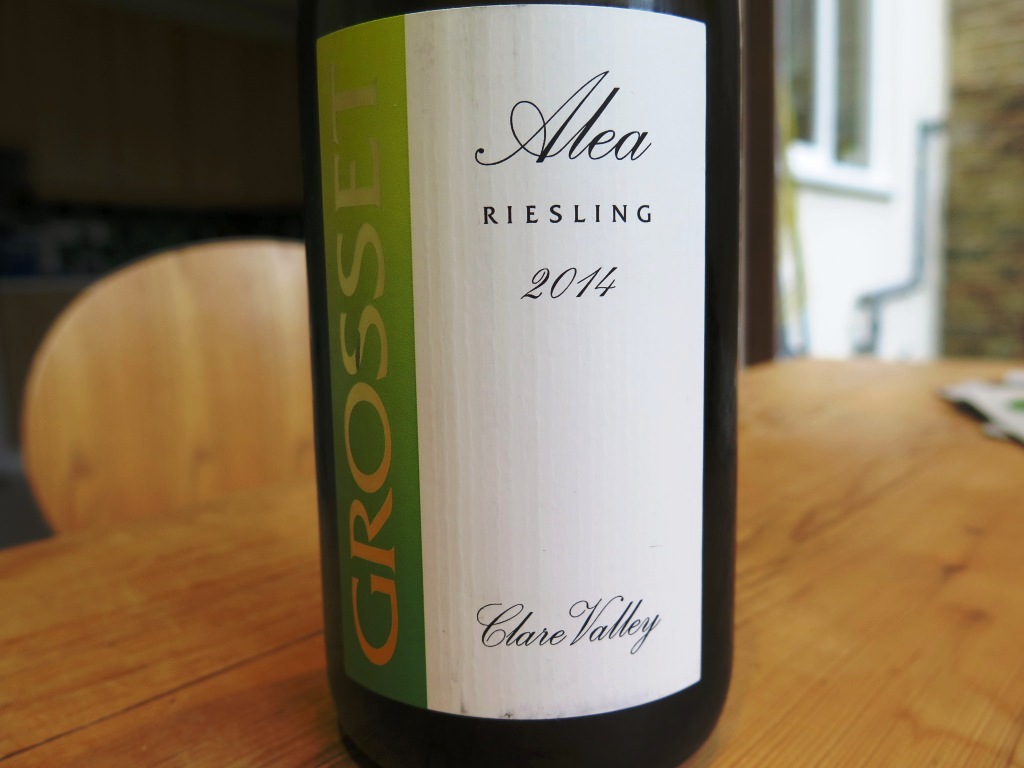 |
Grosset Wines is an independently owned winery producing eight highly regarded premium wines and one spirit, each vintage. Established in 1981, the winery is situated in the historic township of Auburn at the southern tip of the Clare Valley, 100 kilometres north of Adelaide. Grosset Wines' philosophy has remained steadfast over thirty years. The emphasis is on purity of fruit. The estate vineyards, which are ACO certified organic, and are hand tended and each bunch of grapes is harvested at optimum ripeness. The Alea Riesling comes from a narrow corridor of hard red rock with poor, orangey, red loam topsoil. As the early fruit from the vineyard (high altitude 460m) reminded Jeff (Grosset) of the great German Rieslings, he decided to take a very different approach to the creation of Alea. The aim was to make a wine generous, succulent and long. The winemaking process is gentle and uncomplicated |
| 6 | Vasse Felix Estate Vintage: 2014 Region: Margaret River, Australia Varietal: Chardonnay Alcohol: 13% Colour: Bright yellow straw Aroma: Restrained mix of butter, nectarine, peach and (for want of a better descriptor) match head / sulphur. Flavour: Balanced wine with lemon, citrus and nectarine flavours Finish: Medium Chardonnay seems to be the varietal that is making the biggest impact on me recently, I have been lucky enough to have had the opportunity to try some "premium" chardies and they have been fantastic and this would have to be one of the better chardies I have had from Australia. FYI Cardie is Australian for Chardonnay, Kardonnay is also acceptable in some places. |
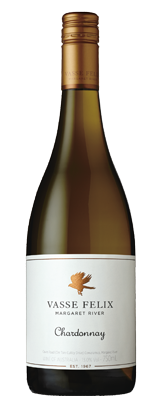 |
Vasse Felix was established in 1967 by pioneer Dr Thomas Cullity and is the founding wine estate of Margaret River. Vasse Felix is situated in the Wilyabrup sub-region of Margaret River, with vineyards also located at northern and southern sites of the wine appellation. The first vineyard blocks were planted in August, 1967. This Chardonnay 2014 is made from a selection of Chardonnay parcels from Vasse Felix's Premier Vineyards in a modern Margaret River style with elegance and power, but restraint. The fruit was hand-harvested, chilled, gently whole-bunch pressed and transferred to French oak barriques as unclarified juice for fermentation with only natural yeasts from the vineyard. Each parcel was left on lees in barrel for 9 months of maturation with batonnage |
| 7 | Moorooduc Estate Robinson Vintage: 2013 Region: Mornington Peninsula, Australia Varietal: Pinot Noir Alcohol: 14% Colour: Bright crimson Aroma: Pleasant combination of cherry and mineral Flavour: Tart mix of cherry, mineral and "chalk" Tannins: Soft Finish: Medium Another wine from the line up that I am not a fan of, not really sure why, I usually like the good Pinot Noirs from the Mornington, but not this one. May have been spoilt by the Main Ridge Half Acre and Curly Flat Pinot Noirs. |
 |
Established in 1982 by Richard and Jill McIntyre, Moorooduc Estate is a small, family run wine business that has developed an enviable reputation for complex and food friendly wines. Moorooduc Estate's philosophy in everything that they do is to make the most of top quality ingredients. Intensive, hands-on care in the vineyard, with minimal use of chemicals, produces the best possible fruit for their wines. Wild yeast ferments and minimal intervention winemaking, with a nod to traditional Burgundian techniques, allow their wines to express their site specificity, or terroir. This Pinot Noir has had 100% wild yeast primary fermentation, 20 days total on skins, natural malolactic fermentation in barrel and 100% French oak maturation from which 25% is new oak. 17 months in wood with 1 racking. No fining and no filtration |
| 8 | Luke Lambert Vintage: 2015 Region: Yarra Valley, Australia Varietal: Syrah Alcohol: 13.5% Colour: Bright deep ruby Aroma: Restrained but balanced mix of white pepper, dark fruit and cedar Flavour: Elegant blackcurrants and white pepper combination Tannins: Soft Finish: Long This was another wine that needs some more age, the use of Syrah instead of Shiraz is to differentiate this wine from the big bold Australian Shiraz's. Needs another try with some more age on it. |
 |
"Luke Lambert graduated from CSUs wine science course in 2002, aged 23, cramming in winemaking experience at Mount Pleasant, Coldstream Hills, Mount Prior, Poets Corner, Palliser Estate in Martinborough, and Badia di Morrona in Chianti. He purchases grapes from quality-conscious growers in the Yarra Valley and Heathcote. He has now settled in the Yarra Valley, leasing slightly less than 1ha of Heathcote nebbiolo and larger amounts of Yarra Valley shiraz and nebbiolo. " James Halliday Wine Companion 2016. The grapes were grown in Tibooburra Vineyard in Yellingbo (South Eastern corner of the Valley), the coolest microclimate of the Yarra Valley. 15 year old plantings of Syrah sit at 200m altitude, with the Syrah slope south west facing. The soil here has very low fertility, with a very thin layer of black volcanic top soil over yellow clay with shattered rock throughout. Fermented without yeast additions, this wine had 40% whole bunches included. It was matured in an 8 year old, 4000 litre, large-format oak cask before bottling without fining or filtration |
Enjoyed both Alea and Vasse Felix in this flight, not sure which one I prefer.
Flight 3
The third flight of wines provide a few examples of how a revolution is occurring within the Australian Wine Industry through the cultivation of new varietals and different wine making techniques.
| wdt_ID | Wine | Photo | Wine Australia Provided Winery Information |
|---|---|---|---|
| 10 | BK Wines Skin & Bones White Vintage: 2015 Region: Adelaide Hills, Australia Varietal: Savignin Alcohol: 12% Colour: Bright pale yellow Aroma: An enjoyable and refreshing blend of peach and green apple, maybe a bit of citrus and minerality as well Flavour: Savoury not overly powerful on the palate with green apples, peach and citrus flavours Finish: Medium - long. Great wine and at a very reasonable price, around AUD20 / bottle. Very savoury and would go great with some fresh oysters or razor fish. FYI, in 2009 it was first discovered that grape growers and wine makers in Australia have been supplying and selling Savagnin wrongly labelled for several years. They thought they were pouring money into the market for the Spanish albarino grape, only to discover this is not the case. From 2009 vintage onward these wines have been labelled Savagnin. A visiting French expert raised questions in 2008, and DNA testing confirmed that the grapes are in fact Savagnin sourced from Spanish cuttings. The variety itself may have originated in Spain or France. |
 |
BK Wines was established in 2007 by Brendon and Kirstyn Keys. The goal has been to create fabulous art. Beautiful, unique, sensuous, deceptively minimalist, envelope pushing art. After learning from masters in NZ, Argentina and California, BK Wines trained their sights on the Adelaide Hills because it's just a cracking great place to live and make wine. With no pretentions to be somewhere it's not and few preconceived notions about what wine styles to expect, this is a place where non-conformity is the rule. BK Wines winery is situated in Lenswood where it is tucked away surrounded by bush land and vines. BK Skin 'n' Bones White is made from the Savignin grape variety grown in the cool climate Adelaide Hills and has been aged in French oak. |
| 11 | La Linea Vintage: 2014 Region: Adelaide Hills, Australia Varietal: Tempranillo Alcohol: 13.5% Colour: Youthful ruby Aroma: Interesting balanced combination of Black Olives, spice and earthy aromas Flavour: Savoury mixture of spice, dark fruit and cherries Tannins: Dry / savoury Finish: Long As the finish tapered off the tannins built, whilst this was an ok wine, have tried better Australian Tempranillos in the past. Would give it another look |
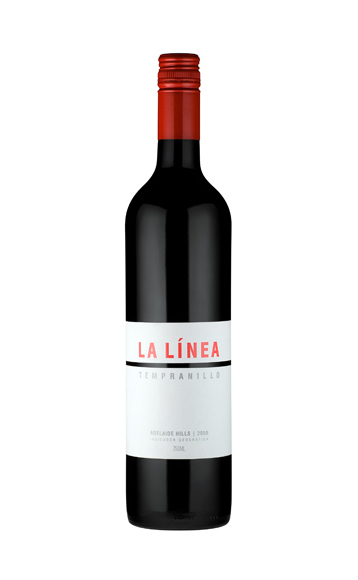 |
"La Linea is a partnership of several experienced wine industry professionals, including Peter Leske and David LeMire MW. Peter was among the first to recognise the potential of tempranillo in Australia, and his knowledge of it is reflected in the three wine styles made from the variety: Tempranillo Rose, Tempranillo blended from several Adelaide Hills vineyards, and Norteno, from a single vineyard at the northern end of the Hills." James Halliday Wine Companion 2016. The 2014 La Linea is a blend of two principal vineyards. The majority (53%) is from Kersbrook in the north of the Adelaide Hills; the balance is predominately from a slightly younger and cooler site, just south of the village of Gumeracha. The aim from the outset was to make a wine that speaks of the variety and region, which means a fragrant, medium-bodied but savoury style. La Linea Tempranillo spends approximately nine months in French oak barrels for evolution and maturation of the relatively firm tannins, the youngest of them is three years old and the oldest, a decade. |
| 12 | Battle of Bosworth Puritan Vintage: 2015 Region: McLaren Vale, Australia Varietal: Shiraz Alcohol: 14.5% Colour: Bright deep purple Aroma: Reminded me of stewed fruit, not what I was expecting, apricot and peaches. Flavour: Savoury combination of peaches and dark fruit Tannins: Soft Finish: Medium - long Another very young wine that should evolve with some patience. May be a little Viongnier in this wine as apricot aromas usually indicate that. |
 |
Battle of Bosworth makes single vineyard, organically grown wines from their family vineyards located in McLaren Vale, South Australia. Battle of Bosworth was established in 2001 by Joch Bosworth and Louise Hemsley-Smith. Battle of Bosworth make wines with flavour, texture, purity and balance, that best express the unique characteristics of their McLaren Vale foothills site. Puritan spends no time in oak and is bottled as soon as it has gone through malolactic fermentation. 'Puritan' has been bottled without any added preservatives, so it's as fresh as a daisy, with nothing added |
The BK Skin and Bones White was my favourite of this flight.
Oz’s Wine Reviews
Conclusion
If you get a chance to attend an Australian Wine History Masterclass I recommend you attend. Beware it will be a very parochial Australian session.
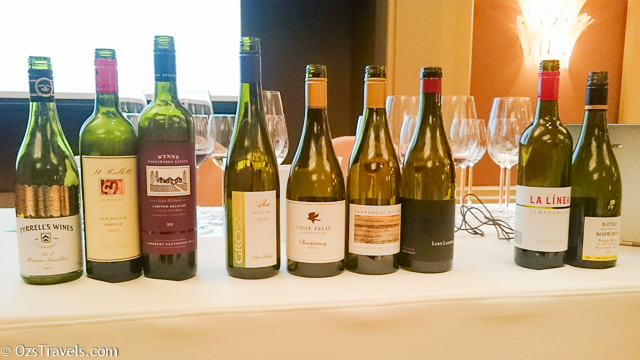
Still not sure which was my favourite wine of all three flights, but the reds presented, IMHO, were too young to appreciate the quality of them, but the future does seem bright!
Thanks to Wine Australia, Mark Davidson and the Australian Singapore Trade Commission for putting on this Masterclass and Wine Exchange Asia, for extending me an invite.
